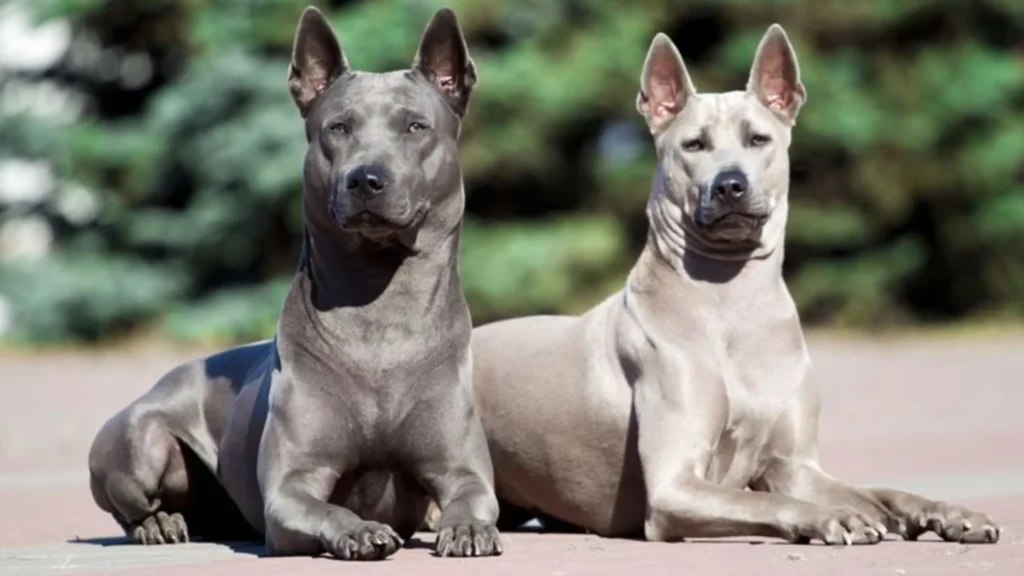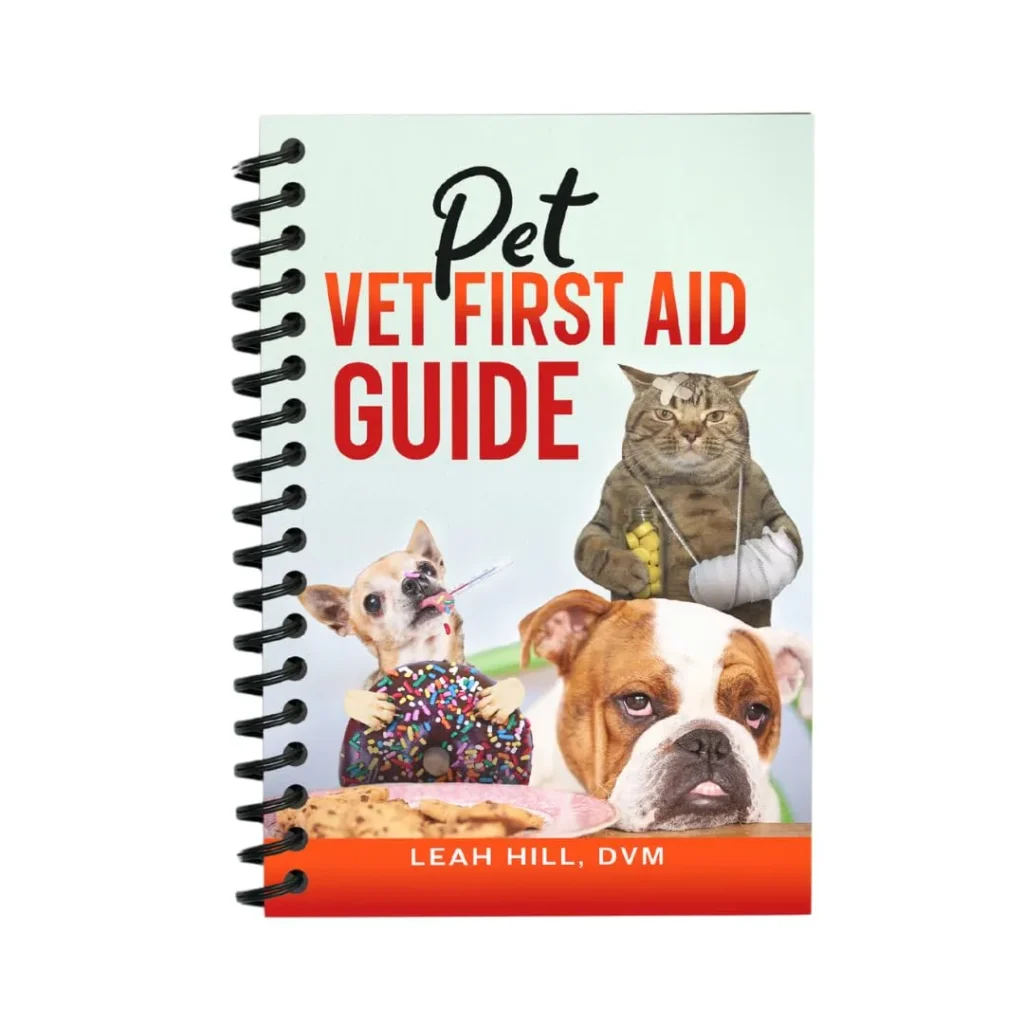10 Exotic Dog — Rare breeds to spark your curiosity
Discover 10 Exotic Dog picks to spark your curiosity and help you find a rare companion. Meet oddball breeds like the hairless Xolo, the wild-sounding New Guinea Singing Dog, the stretchy Lundehund, and the split-nosed Catalburun. This guide gives quick care tips, simple grooming steps, easy training ideas, health checks, expected costs, and smart ways to adopt or learn more. Pick a pup, share the list, or dive deeper into these mysterious dogs.
Key takeaway
- These 10 Exotic Dog picks include very different looks and temperaments.
- Many need specific grooming, skincare, or diet plans.
- Early socialization and consistent training are essential.
- Provide daily exercise and mental stimulation.
- Research breeders, local laws, and long-term costs before choosing.

Summary
10 Exotic Dog — quick intro to lesser-known breeds
Here’s a compact list of 10 exotic dog breeds most people haven’t met in person. You’ll find sighthounds, hairless types, rare herders, and a few oddballs with memorable features. Use this as a who’s who when you want a dog that turns heads. For official breed profiles and recognition status, consult AKC dog breed information and profiles.
| Breed | Origin | Size | Coat | Key trait |
|---|---|---|---|---|
| Azawakh | West Africa | Medium–Tall | Short | Sighthound — elegant runner |
| Xoloitzcuintli (Xolo) | Mexico | Small–Large | Hairless/Coated | Ancient, hairless variety |
| Peruvian Inca Orchid | Peru | Small–Medium | Hairless/Coated | Affectionate, historic |
| Thai Ridgeback | Thailand | Medium–Large | Short | Independent, ridge on back |
| Norwegian Lundehund | Norway | Small | Short | Flexible, extra toes |
| Mudi | Hungary | Medium | Wavy | Agile herder |
| Lagotto Romagnolo | Italy | Medium | Curly | Truffle hunter, hypoallergenic |
| Catalburun | Turkey | Medium | Short | Split nose, rare look |
| New Guinea Singing Dog | Papua New Guinea | Medium | Short | Vocal, wild-sounding |
| Kooikerhondje | Netherlands | Small–Medium | Medium | Patient, duck-retriever |
Below are concise profiles to help you compare temperament, care needs, and suitability and Check out the amazing photos of these exotic dogs in my webstory: Click here
Azawakh — West African sighthound
Azawakhs are lean, athletic sighthounds bred by Sahelian nomads for speed and guarding. Loyal to family but often aloof with strangers; they need sprint-style exercise and warm jackets in cold weather. Minimal grooming. Ask breeders about hip and eye screenings.
Xoloitzcuintli (Xolo) — Mexican hairless
An ancient breed available in hairless and coated types across three sizes. Xolos bond deeply, are calm and protective, and require skincare (sunscreen, moisturizers) for hairless varieties. Low shedding, active, and suited to owners who can manage skin care and daily mental play.
Peruvian Inca Orchid — Peruvian hairless charm
Another ancient hairless breed; affectionate, people-focused, and sometimes stubborn. Requires sun and cold protection and regular skin care. Rare outside South America and often sought by owners who want an intimate, low-shedding companion.
Thai Ridgeback — strong and independent
Muscular hunting and guard dog with a distinctive dorsal ridge. Best for experienced owners able to provide firm, consistent training and plenty of purposeful exercise (running, scent work). Short coat, low grooming needs.
Norwegian Lundehund — the stretchy oddball
Small, agile bird hunter with extra toes and an elastic neck—adaptations for hunting puffins in cliffs. Loves puzzles and work but can have digestive sensitivities; diet and vet monitoring are important. Great for owners who appreciate quirky personalities.
Mudi — smart Hungarian herder
A high-energy, highly trainable herding dog that excels in agility and tasks. Needs mental challenges and activity; otherwise may invent its own outlets. Moderate grooming for the wavy coat; check genetics when choosing breeders.
Lagotto Romagnolo — truffle hunter and scent specialist
Dense, curly-coated Italian breed famed for truffle hunting. Intelligent, affectionate, and ideal for scent work. Requires regular grooming (trimming) and mental stimulation. Commonly screened for hips and eyes.
Catalburun — split-nosed Turkish rarity
Distinctive for a split nose, historically used for waterfowl hunting. Loyal and trainable with early socialization. Very rare outside Turkey; seek health-tested breeders and reputable rescues.
New Guinea Singing Dog — wild-sounding and rare
Noted for high-pitched, almost wolf-like vocalizations and semi-wild behavior. Best for experienced handlers who can provide secure containment, enrichment, and patience. Conservation-minded ownership is important because pure lines are scarce.
Kooikerhondje — Dutch duck lure dog
A small, affectionate working dog used to lure ducks. Moderate exercise needs, responsive to gentle training methods, and excellent as family companions if properly socialized. Distinctive orange-and-white coat and lively disposition.
Quick tips for exotic dog care
- Research each breed thoroughly before committing—every one of these 10 Exotic Dog breeds has specific needs.
- Match feeding to activity level; consult your vet for portioning and supplements.
- Prioritize mental stimulation: scent work, agility, and puzzle toys suit many breeds better than just walks.
- Grooming varies: hairless dogs need skin care, curly coats need trimming, and short coats need sun protection.
- Ask breeders for health screens (hips, eyes, cardiac) and maintain routine vet visits.
Grooming essentials
- Hairless breeds: sunscreen, moisturizer, protection in cold weather; watch for acne or irritation. See veterinary grooming and skin care guidance for details.
- Curly coats: regular brushing and periodic trims to prevent mats.
- Short coats: weekly brushing and skin checks for ticks/sunburn.
- Nails and teeth: trim nails regularly and brush teeth frequently to prevent gait changes and dental disease.
- Make grooming positive: short sessions, treats, and consistency build trust.
Training and temperament
- Start socialization early—expose puppies to people, places, and sounds gradually.
- Use positive reinforcement, short sessions, and clear structure. For ideas on breeds that often respond well to training and loyalty-focused methods, see resources on intelligence and loyalty in dog breeds.
- Independent breeds (Thai Ridgeback, New Guinea Singing Dog) need patient, consistent handling. For families seeking calmer temperaments, compare notes with lists of the most calm dog breeds.
- Herding breeds (Mudi) and scent dogs (Lagotto) thrive on tasks and mental work.
- Leash manners are crucial for sighthounds and hunting breeds that may bolt.
Adoption and finding rare breeds
Begin with breed clubs, specialty rescues, and reputable breeder directories. Also review the practical guide to dog adoption process.
- Rescue is possible for many rare breeds—prepare for re-socialization and patience; read practical rescue tips for beginners to plan ahead.
- Expect waitlists and possible import processes for very rare breeds; factor travel and paperwork and follow a step-by-step adoption checklist.
- Verify health clearances and ask for references.
Common health checks
- Request breed-specific genetic testing from breeders (hips, eyes, cardiac). Check breed-specific health screening and records to verify clearances.
- Routine vet visits: annual or twice-yearly depending on age and workload.
- Parasite prevention and vaccination per local guidelines.
- Skin monitoring for hairless breeds and tailored diets for breeds with digestive quirks (e.g., Lundehund).
- Plan for dental care and behavioral support for anxiety or destructive behaviors. For basic emergency preparedness and wound care, consult an essential guide to dog first aid and a practical overview of first-aid basics.
Costs and commitment
- Upfront: reputable breeders for rare breeds can cost thousands; adoption fees are lower but may include rehab.
- Ongoing: food, vet care, grooming, training, enrichment, and sometimes specialty products (skin care, prescription diets).
- Consider pet insurance for breed-specific conditions.
- Time: expect daily mental and physical engagement for many of these breeds.
- Housing and travel: active breeds need space or structured exercise; boarding providers should understand your dog’s needs. If you live in smaller housing, review guidance on suitable breeds for apartment living to match environment to breed.
Where to learn more
- Breed clubs and national kennel clubs (AKC, UKC, The Kennel Club, FCI). Official breed standards and national contacts are available from official breed standards and club resources.
- Specialty rescue organizations and local breed meetups.
- Breed-specific books, academic papers, vet journals, podcasts, and breeder-run YouTube channels.
- Social media groups for firsthand owner experience—use them carefully and verify advice. For adoption-focused resources and best practices, see a roundup of adoption best practices and advice on responsible animal adoption.

Reflection
Many of these 10 Exotic Dog breeds were bred for practical work—puffin hunting, truffle hunting, herding, or guarding—which explains their unique features. Temperaments range from clingy to fiercely independent, so matching lifestyle to breed is crucial.
The line between wild and domestic origins can be complex; for context on similar debates about wild canids and domestication, consider reading a discussion on the dingo and related wild dog questions. Finding reputable breeders or rescues requires effort but pays off in healthier, better-adjusted dogs.
Conclusion and call to action
Thanks for exploring these rare dogs. Which of the 10 Exotic Dog breeds caught your eye? If one feels like a fit, connect with breed clubs, meet owners, and verify health checks. Consider rare-breed rescues if you’re open to adoption—you could save a life. Bookmark trusted resources and attend events to learn more.
For practical next steps, start with a comprehensive adoption resource like what you need to know about dog adoption and pair it with breed-specific clubs.
Don´t forget All the pics of these exotic pups are over on my webstory! 👉 Click here
Frequently Asked Questions
Q: What makes a dog “exotic”?
A: Rare appearance, uncommon origin, or traits you don’t see often—traits that make them stand out.
Q: How can you find one of the 10 Exotic Dog breeds?
A: Search breed clubs, specialty rescues, and reputable breeder directories; join trusted social groups. See practical tips in a guide to proven adoption methods.
Q: Are exotic dogs good for families?
A: Some are. Match energy, size, and temperament to your family’s routine and children. Review guidance on breeds that may be less suitable around kids in a piece about breeds that can be problematic with children.
Q: Will exotic dogs cost more?
A: Often yes—expect higher purchase or travel costs and potential specialty care.
Q: Do exotic breeds have health problems?
A: Some have breed-specific issues. Research and request health clearances.
Q: How much exercise do exotic dogs need?
A: It varies. Ask breed experts and provide breed-appropriate mental and physical activity. For calmer household expectations, check lists of calm breeds for contrast.
Q: Can you adopt an exotic dog?
A: Yes—look at specialty rescues and shelters; adoption is a rewarding option. Read practical steps in this complete adoption guide.
**Sidnir Vieira**
Founder of TechHavela
A passionate pet and tech content creator, helping dog owners across the U.S. make smarter decisions for their furry friends.



